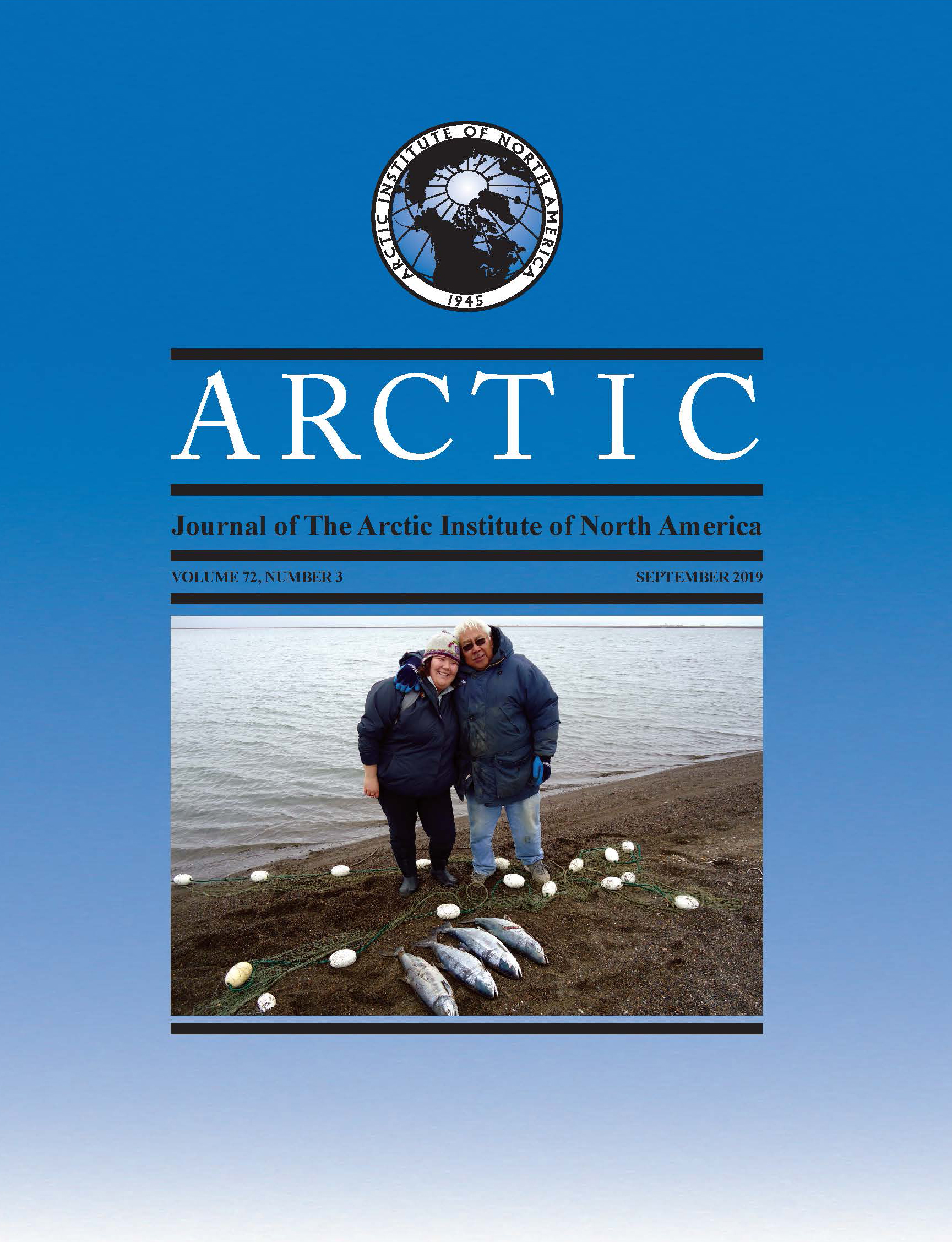Vulnerability of Subsistence Systems Due to Social and Environmental Change: A Case Study in the Yukon-Kuskokwim Delta, Alaska
DOI:
https://doi.org/10.14430/arctic68867Ключевые слова:
Yukon-Kuskokwim Delta; Alaska; Alaska Native villages; vulnerability; resilience; subsistence; Yup’ik; Cup’ikАннотация
Arctic Indigenous communities have been classified as highly vulnerable to climate change impacts. The remoteness of Arctic communities, their dependence upon local species and habitats, and the historical marginalization of Indigenous peoples enhances this characterization of vulnerability. However, vulnerability is a result of diverse historical, social, economic, political, cultural, institutional, natural resource, and environmental conditions and processes and is not easily reduced to a single metric. Furthermore, despite the widespread characterization of vulnerability, Arctic Indigenous communities are extremely resilient as evidenced by subsistence institutions that have been developed over thousands of years. We explored the vulnerability of subsistence systems in the Cup’ik village of Chevak and Yup’ik village of Kotlik through the lens of the strong seasonal dimensions of resource availability. In the context of subsistence harvesting in Alaska Native villages, vulnerability may be determined by analyzing the exposure of subsistence resources to climate change impacts, the sensitivity of a community to those impacts, and the capacity of subsistence institutions to absorb these impacts. Subsistence resources, their seasonality, and perceived impacts to these resources were investigated via semi-structured interviews and participatory mapping-calendar workshops. Results suggest that while these communities are experiencing disproportionate impacts of climate change, Indigenous ingenuity and adaptability provide an avenue for culturally appropriate adaptation strategies. However, despite this capacity for resiliency, rapid socio-cultural changes have the potential to be a barrier to community adaptation and the recent, ongoing shifts in seasonal weather patterns may make seasonally specific subsistence adaptations to landscape particularly vulnerable.


